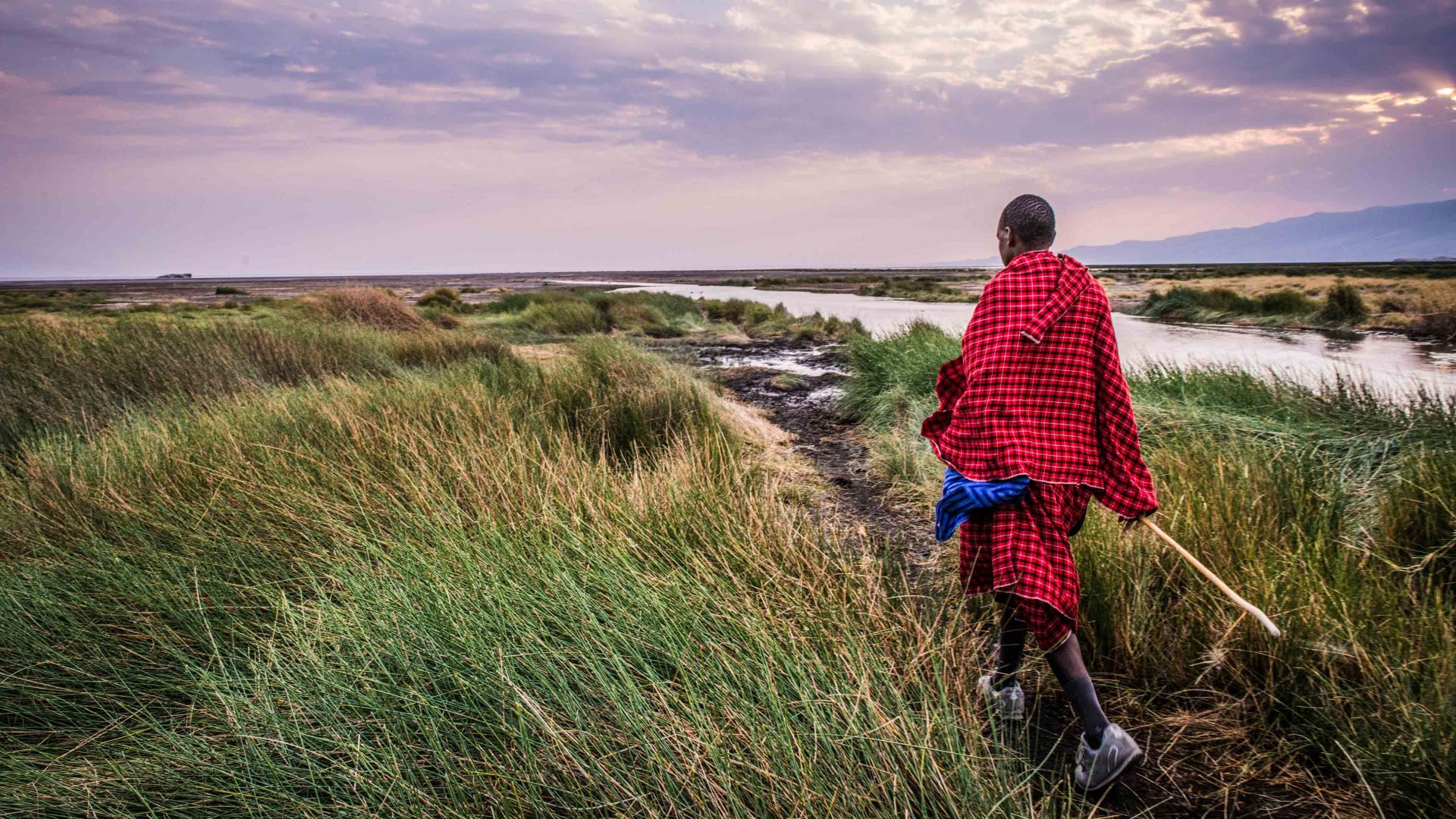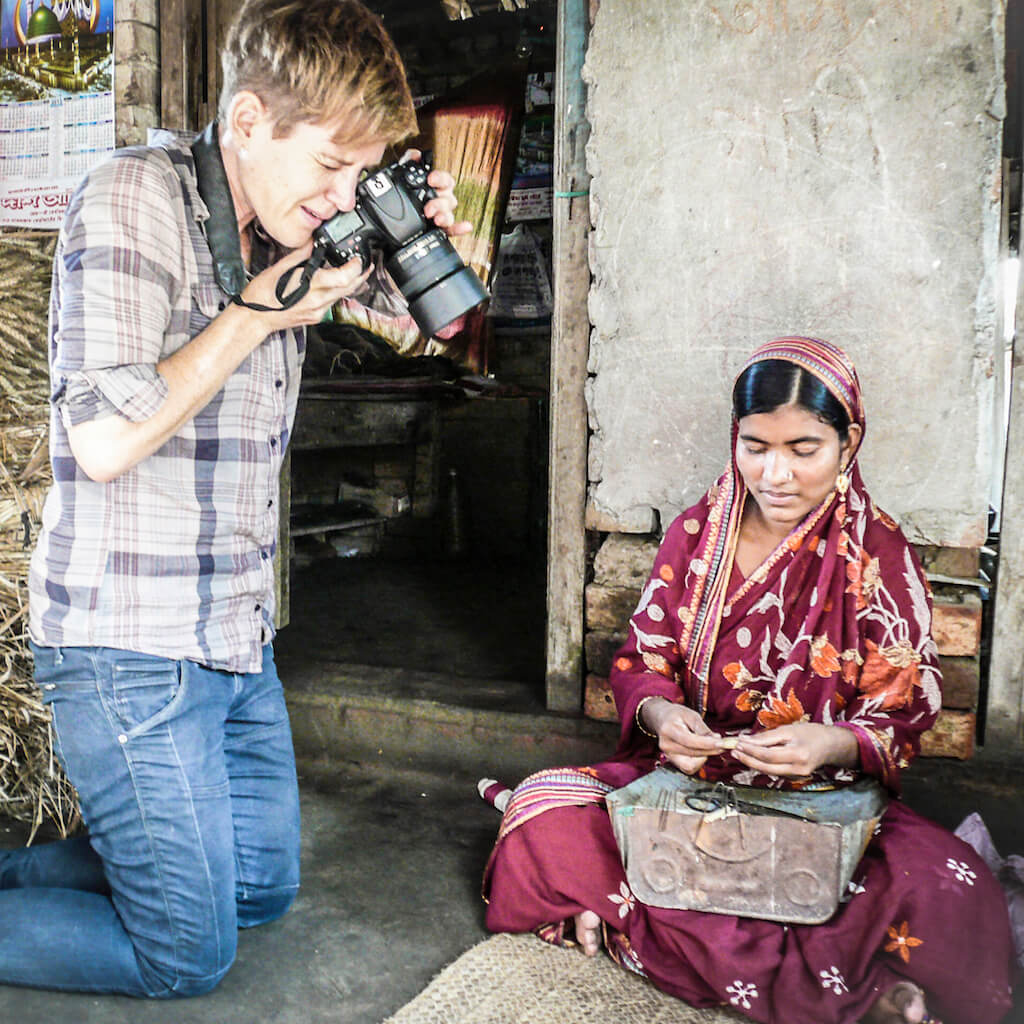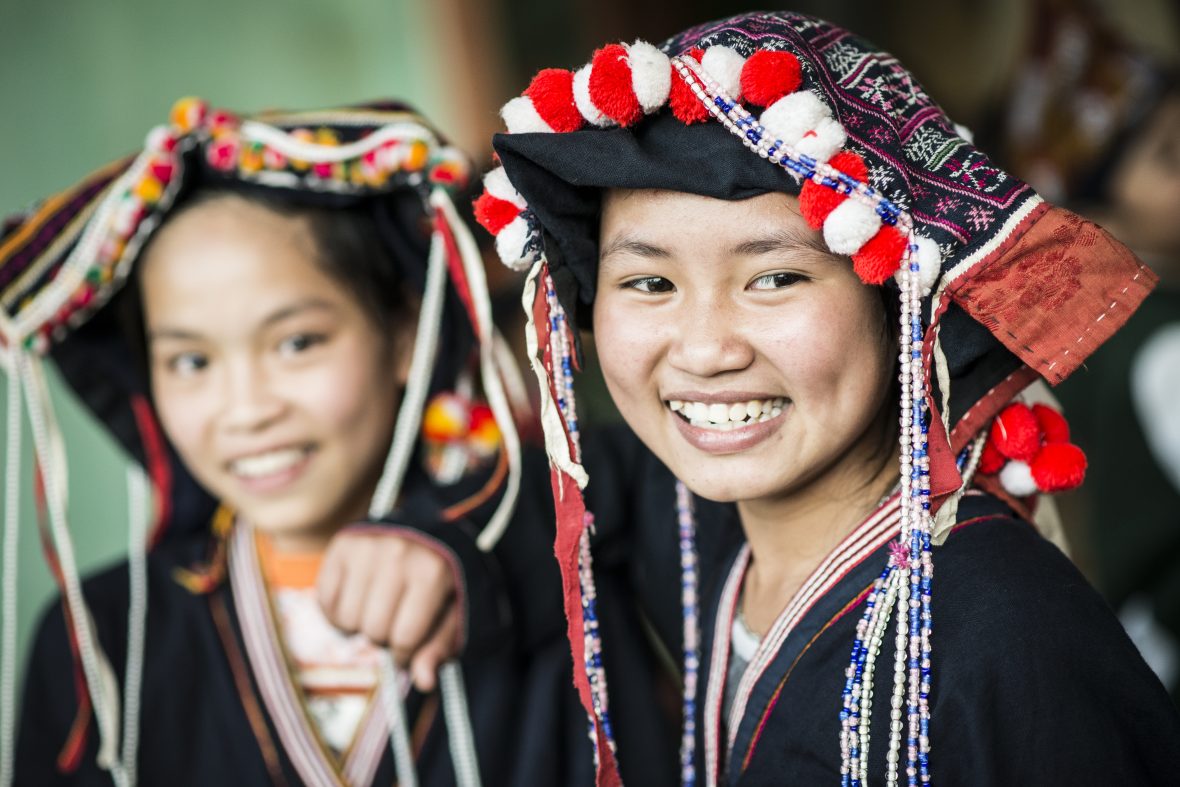
Is it OK to take photos of locals without their permission? How do local customs dictate what is and isn’t OK? How do I pluck up the courage to ask people if I can shoot their portrait? Professional travel photographer Nicola Bailey explains.


Is it OK to take photos of locals without their permission? How do local customs dictate what is and isn’t OK? How do I pluck up the courage to ask people if I can shoot their portrait? Professional travel photographer Nicola Bailey explains.
As a child, I was enthralled by my parents’ home slideshows of their travels as backpackers through places like Iran, India, Afghanistan and Timor. My dad was a Photographer and through a single image had the power of communicating volumes. It therefore wasn’t a big surprise to anyone when I developed my own addiction for travel and photography as a young adult.
I’ve discovered though that photography when traveling isn’t always easy. Not all cultures view photography in the same way we do, and often it’s the case that it can feel almost exploitative when there’s a visible economic disparity between you and the person you’re photographing.
These shouldn’t be reasons to put you off though. As with responsible travel in general, if you start with some knowledge about the place you’re visiting, travel with an open mind, and are prepared to put yourself out there and connect with others, photography, like travel, can build bridges and enrich your whole trip.
Below are ten tips that, with experience, I’ve found make photography more rewarding for both me and the person I’m photographing.
Photography by: Nicola Bailey
People’s attitudes toward photography will vary from country to country, and even region to region within a country. During my travels, I came across several cultures who likened having their photo taken to stealing their soul—something I assure you that you don’t want on your conscience. Research the place you are visiting before you arrive so you have a sense for how people feel about having their picture taken.
RELATED: Antarctica—photos from Earth’s last wilderness
It’s easy to get excited by the visuals when you’re in a setting completely unique to your everyday life. Regardless though, you need to remember that people everywhere deserve the same respect and so if there’s a photo you wouldn’t feel comfortable taking at home, then there’s every likelihood that you probably shouldn’t take it elsewhere either. Think naked kids, people without toilets using public spaces—you get the idea!

Photography by: Nicola Bailey, Nicola Bailey
All of my greatest photography interactions with locals have happened when I’ve had a smile on my face and an open attitude. People generally give back what you put in; so if you put out genuine warmth and a smile, then this will come back to you in the interactions and experiences you have and the photos you capture.
Equally, if you come across as insecure or uncomfortable about either the environment you’re in or the fact that you’re taking pictures, people are more likely to be wary of you—and this too will be reflected in the photos you get back.
Photography by: Nicola Bailey, Nicola Bailey
Similar to the point above, people feel more at ease if they immediately know your intentions. So if your intentions are to get out there and take pictures, then let them know by making your camera visible.
If you’re in an environment where you feel it’s too showy or not safe to wear your camera around your neck, try wrapping the neck strap several times around your wrist, and holding it low in one hand.
RELATED: Everyday Africa—how Instagram images reframed a continent
When photographing people, unless it’s a broader street scene, it’s really important to get consent. If someone says no to a photo, it’s an absolute must that you respect it, even if it pains you inside to lose the shot.
If you’re in a country where the language is unfamiliar, try learning a few words or phrases to help you to do this. Even if you don’t say it well, the effort will be appreciated. If spoken languages are not your strong point, body language also works exceptionally well. A simple gesture is usually all you need to communicate that you’d like to take a photo.
While it’s not always possible, some of the greatest photos I’ve taken and experiences I’ve had traveling generally have come after I’ve seen something I want to photograph.
Instead of taking the photo immediately, I’ll try and engage the people I’m seeing and, if possible, get involved in what they’re doing. By building that connection, they are likely to then feel more comfortable and will come across as more natural when you take pictures later. You may also end up getting an insight into something that you might not have experienced as more of an outsider.
Photography by: Nicola Bailey
When traveling through countries where few people have the luxury of owning a camera, it can be exciting and rewarding for your subject—adults and children alike—to see a photo of themselves, or even for them to experiment with taking a photo of you.
Polaroid cameras have made a resurgence too, and portable printers also make it possible to hand out the occasional photo as you travel—a real gift for people who don’t have easy access to photos of themselves.
I’ve had quite a few occasions during my travels when I’ve taken a photo and the person has asked for me to send it to them. Often they won’t have email and it can seem like a chore; however, it’s important you keep your promise if that’s what you committed to.
Photography is also an exchange where you’re required to fulfill your end of the bargain, and by not doing so, you’re also jeopardizing other photographers’ opportunities to take photos in the future.
Photography by: Nicola Bailey
Many of us have probably been in this situation happen at some stage. You see someone really interesting to photograph, and you do the right thing and ask for their consent, only to be told it will cost you. What do you do?
While photography should be an exchange, paying money or providing things like candy for photography create all manner of problems. Among other issues, it encourages begging, and dramatically alters the relationship between locals and tourists so that genuine interactions—which should be one of the end goals of traveling—become more difficult. So think carefully in those instances, and ask yourself if that one image is really worth it.
Photos are a record of a moment in time that, presumably, you want to remember. However, memories are made through all of the senses, not just the visuals. So get the shot you want, but then take a moment to really savor what you’re seeing.
Nicola is an award-winning photographer who lives between her homes in Sydney, Australia and New York City. She has a particular interest in remote and challenging locations, and the visual stories that come out of them.
Full Bio



Can't find what you're looking for? Try using these tags: